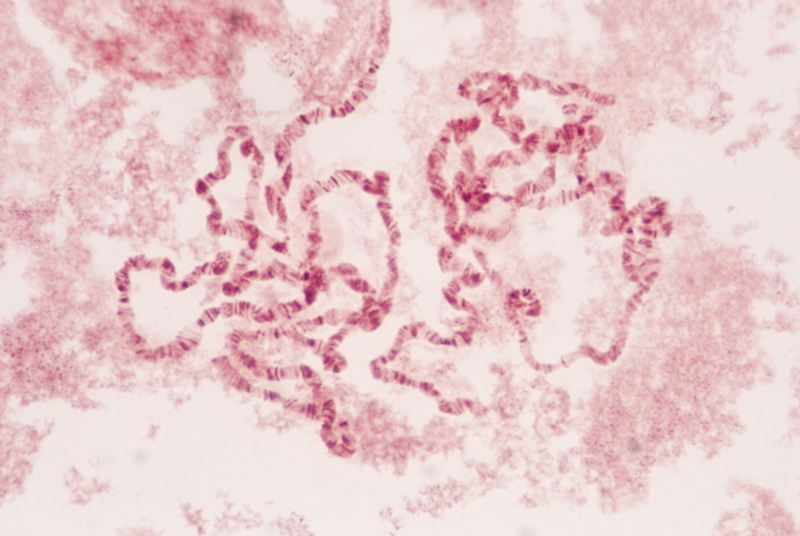
THURSDAY, July 1 (HealthDay News) — It took only a few thousand years for Tibetans to develop gene mutations that help them cope with low oxygen levels at high altitudes, a new study found.
Researchers compared the genomes of 50 Tibetans and 40 Han Chinese and found that the ethnic Tibetans split off from the Han Chinese less than 3,000 years ago. Of the 30 genes with DNA mutations the researchers identified that have become more common in Tibetans than in Han Chinese, nearly half are related to how the body uses oxygen. One mutation has spread from under 10 percent of Han Chinese to nearly 90 percent of Tibetans.
“This is the fastest genetic change ever observed in humans. For such a very strong change, a lot of people would have had to die simply due to the fact that they had the wrong version of the gene,” study leader Rasmus Nielsen, a professor of integrative biology at the University of Berkeley, California, said in a university news release.
The widespread mutation in Tibetans occurs near a gene called EPAS1, which codes for a protein involved in sensing oxygen levels and may also help balance aerobic and anaerobic metabolism.
The findings could help guide scientists to previously unknown genes that play a role in how the body deals with decreased oxygen levels, and possibly improve the understanding of some conditions — such as schizophrenia and epilepsy — associated with oxygen deprivation in the womb, Nielsen said.
The study is published in the July 2 issue of the journal Science.
More information
The American Academy of Family Physicians explains high-altitude illness.

